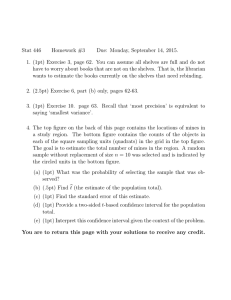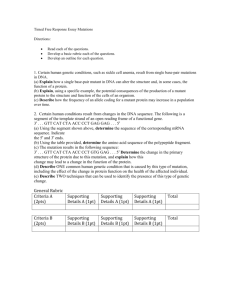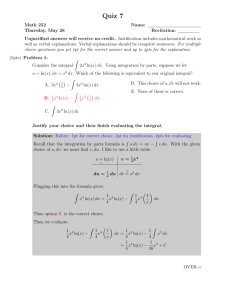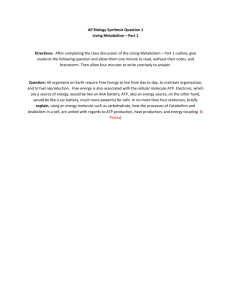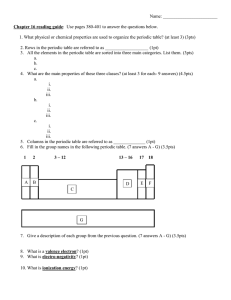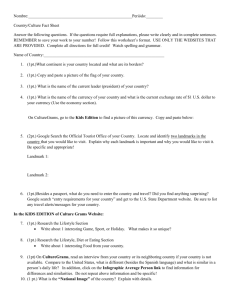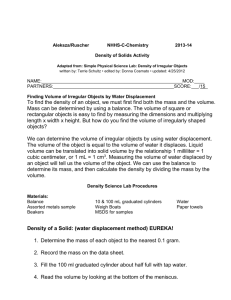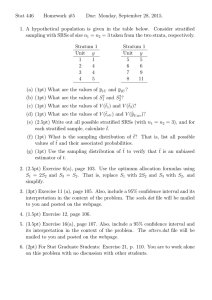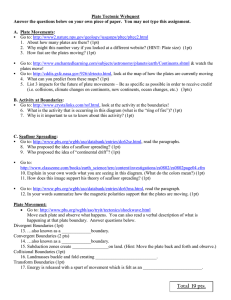Cell Cycle part 1 - Fort Thomas Independent Schools
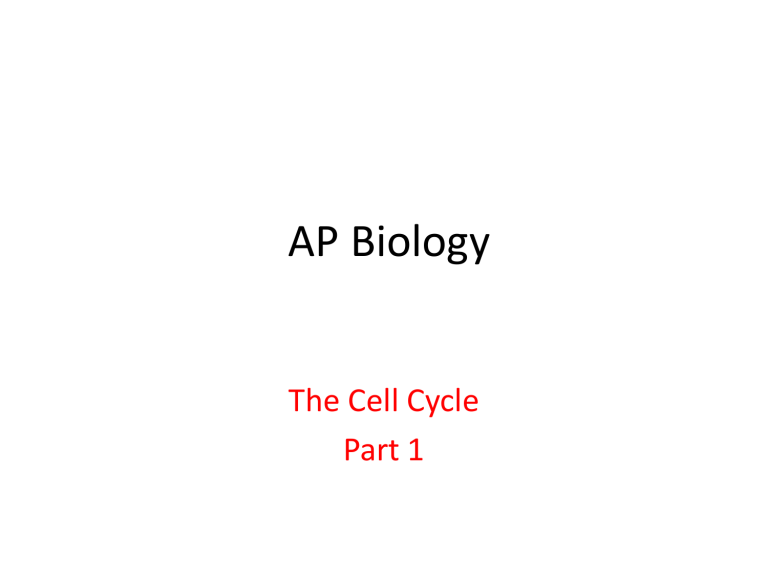
AP Biology
The Cell Cycle
Part 1
One cell becoming
two
Binary Fission in
Prokaryotes
Chromosome replication begins.
Soon thereafter, one copy of the origin moves rapidly toward the other end of the cell.
Origin of replication
E. coli cell
Two copies of origin
Origin
Cell wall
Plasma membrane
Bacterial chromosome
Origin
Replication continues.
One copy of the origin is now at each end of the cell.
Replication finishes.
The plasma membrane grows inward, and new cell wall is deposited.
Two daughter cells result.
Chromatin vs. Chromosomes appearance within the cell.
Coiling up of Chromatin using histones
Somatic cells vs. Germ cells
The egg surrounded by sperm.
Sister Chromatids
Mitosis (1 Division) vs.
Meiosis (2 Divisions)
•
•
• Question: The ability to reproduce and pass on the vital DNA information and other essential cytoplasmic machinery to the next generation is a basic function of all life.
Without this reproductive ability, life would cease to exist on earth. In no more than three sentences, describe the THREE essential components of reproduction that exists in all cells, prokaryotic and eukaryotic. (5 Points)
•
•
•
•
•
• Scoring Rubric: 1pt. Discussion of the reproduction/synthesis of DNA.
1pt. Discussion of the reproduction of cytoplasmic components.
1pt. Discussion of the division of the cytoplasm and cell membrane.
1pt. Correct use of scientific terms.
1pt. Answer has no more than three sentences. (Following Directions.)

